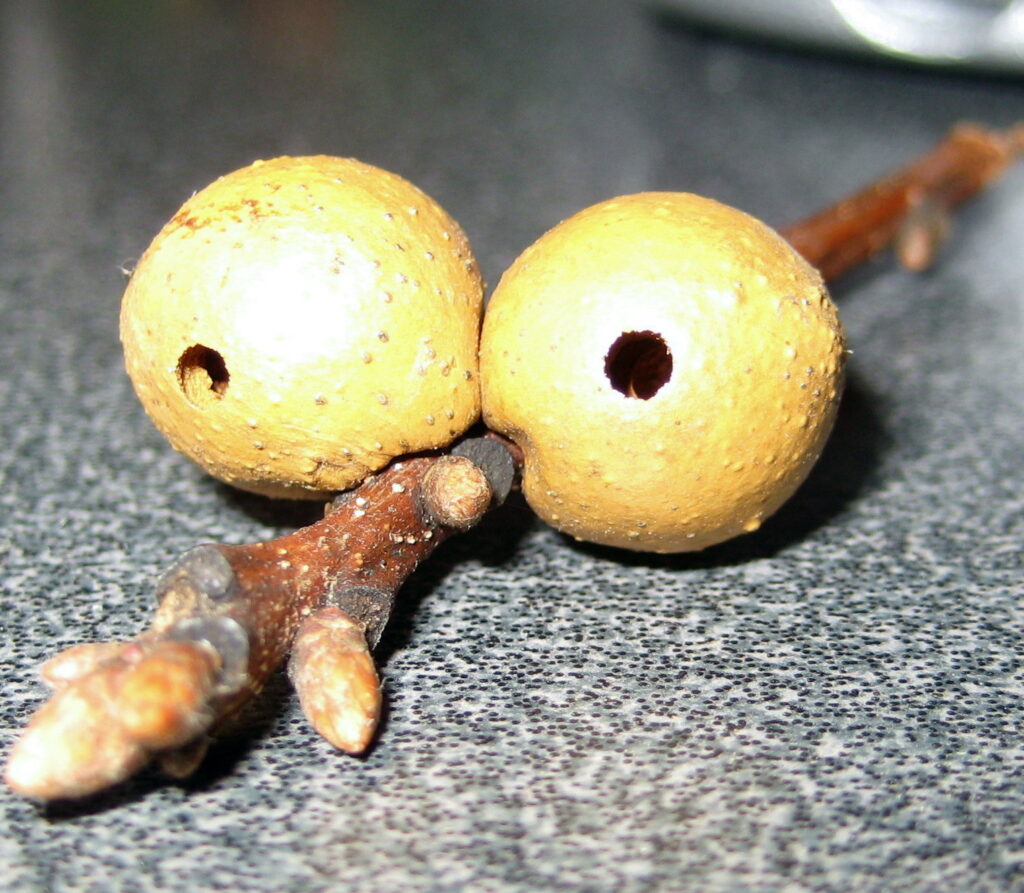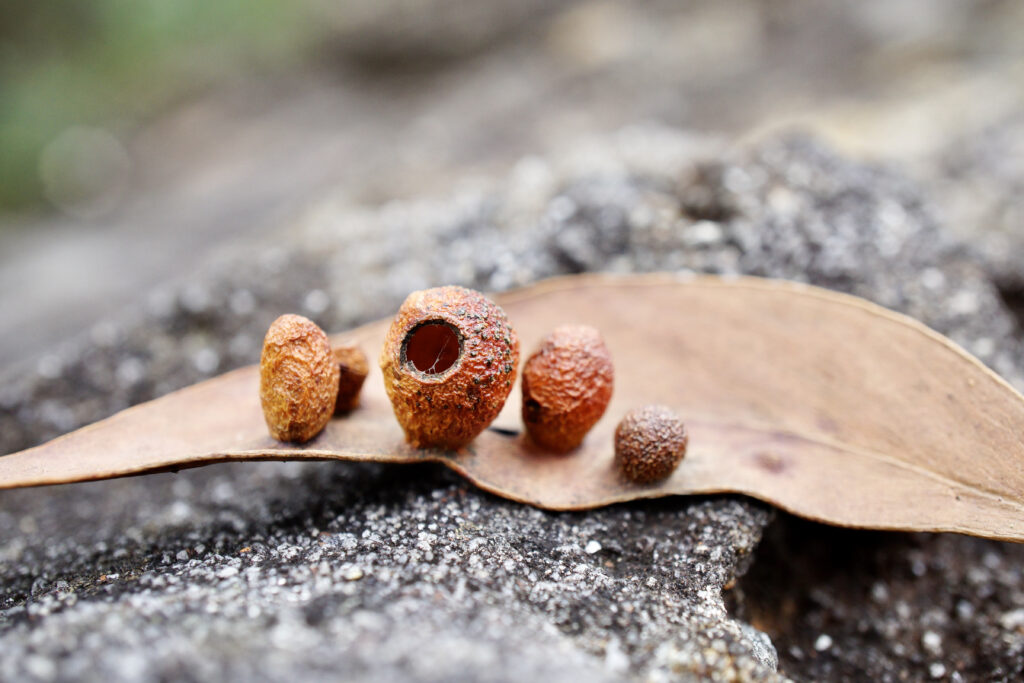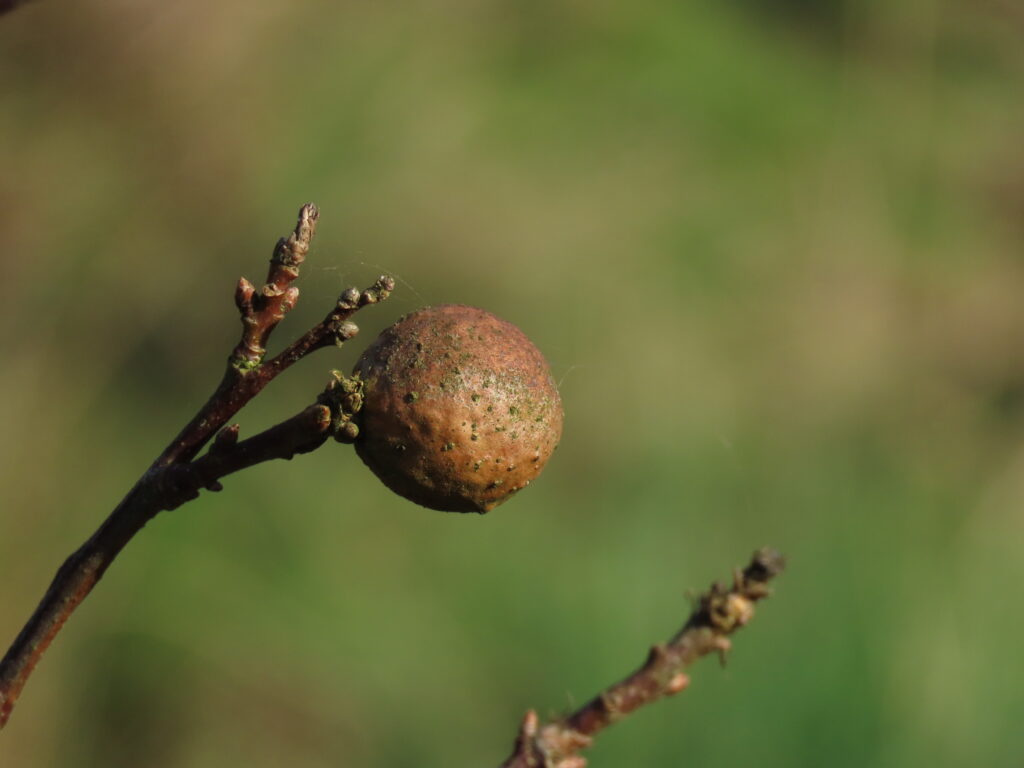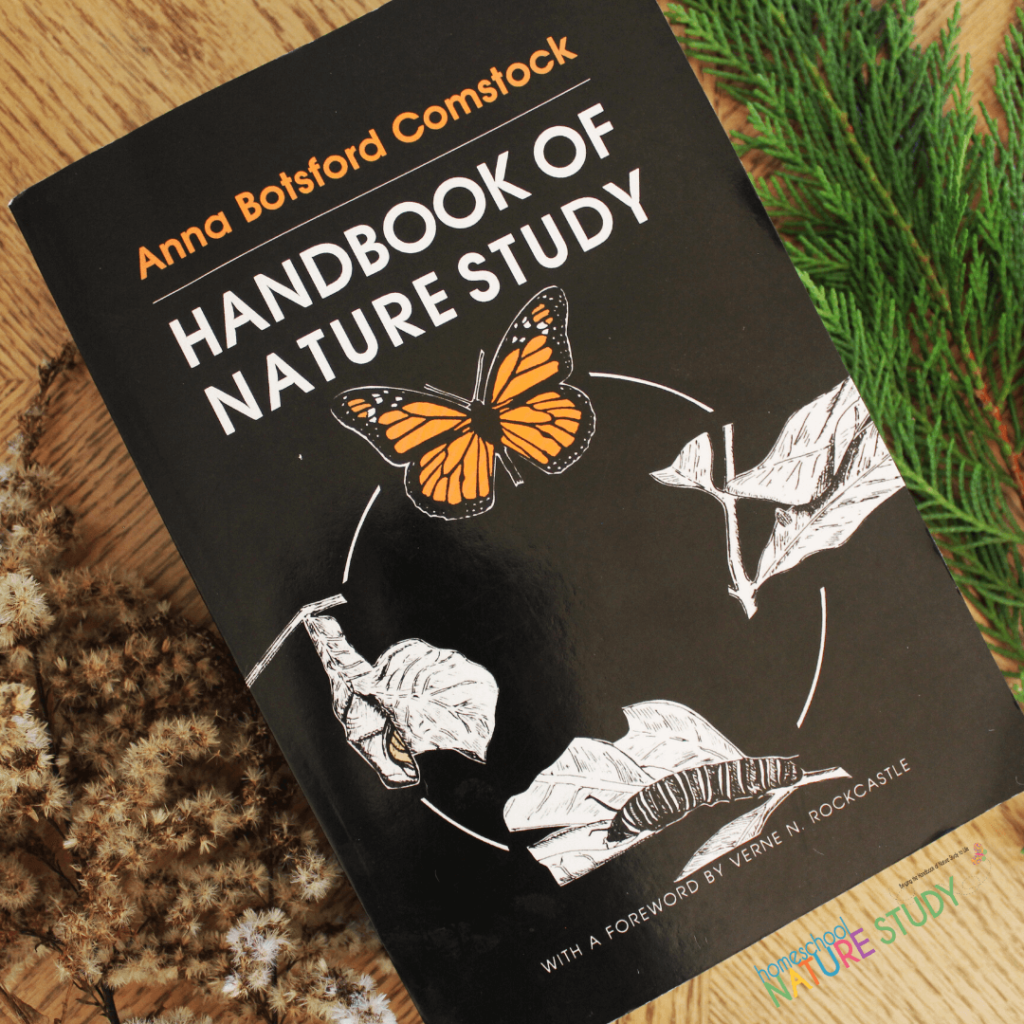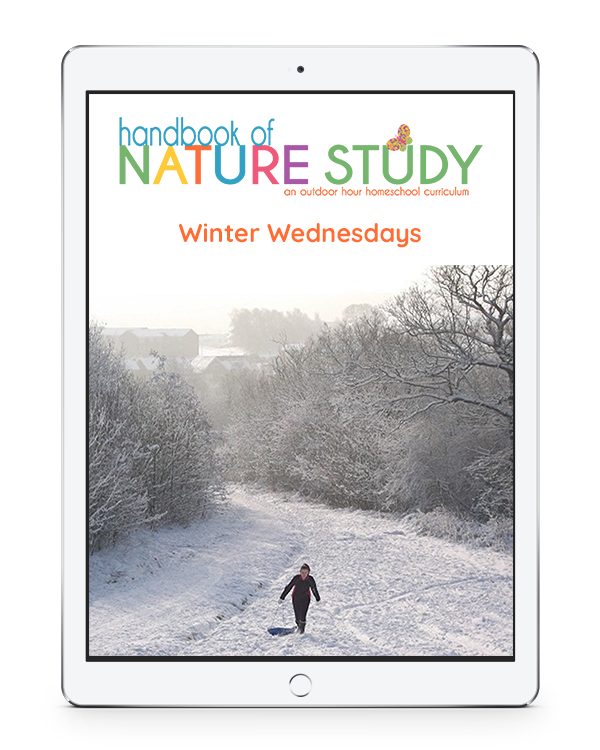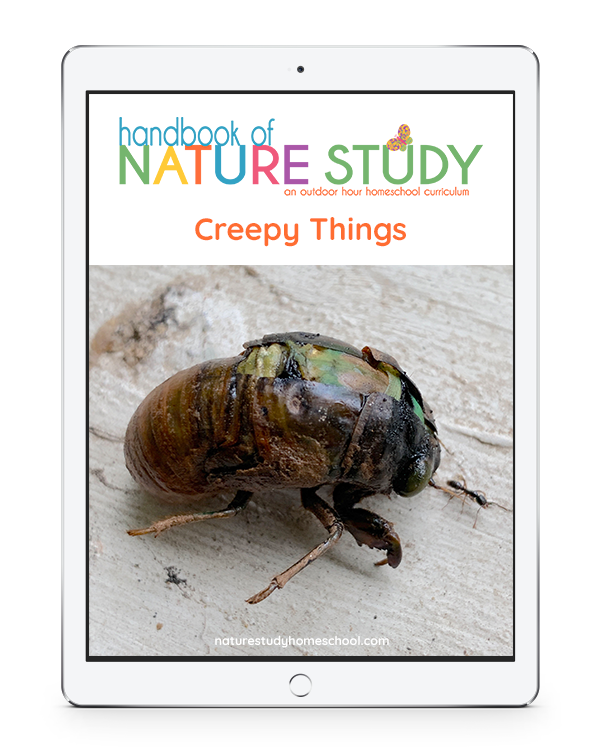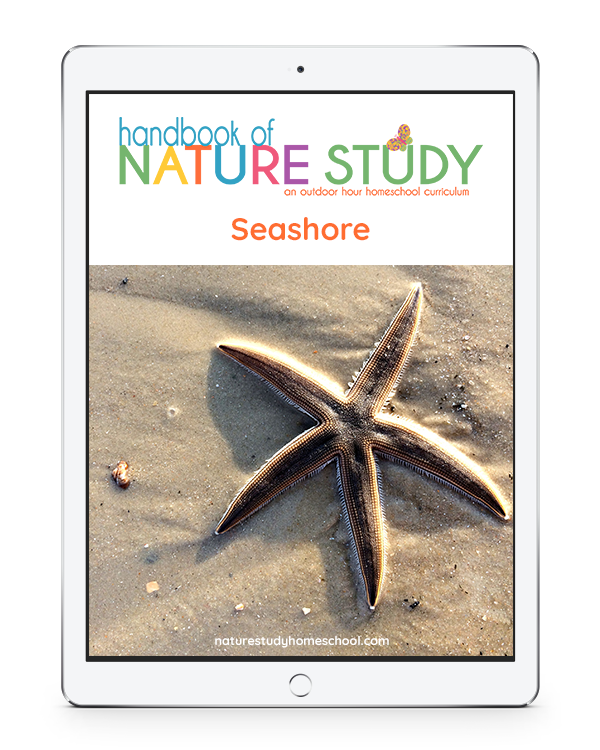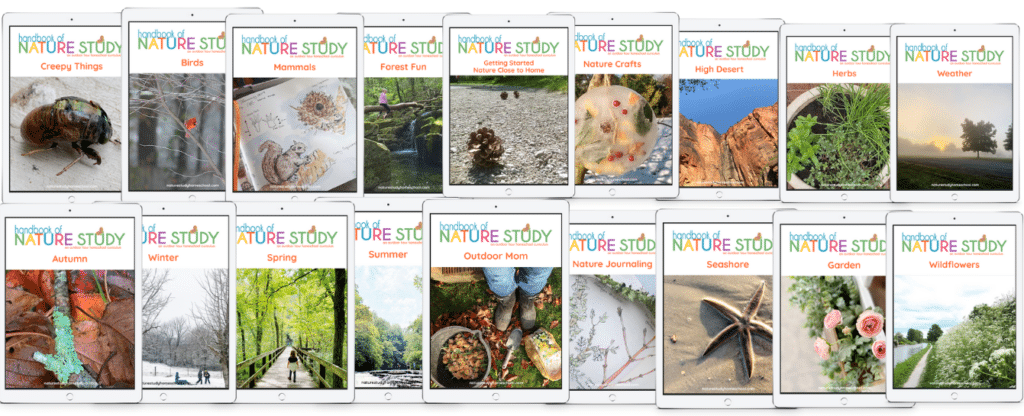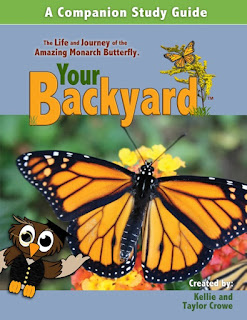To help you with your family nature study, I am starting a new chapter in the Handbook of Nature Study blog adventure. We will be using the monthly newsletters, posts from the archives, and general nature study challenges to encourage everyone from beginner to veteran to try some weekly or monthly nature study. I have lots and lots of fun ideas and free printables just waiting to share with you each Friday. The newsletter will outline the main topic for the month and give you suggested challenge ideas to apply in your family (more on that in next Monday’s post).
I have attached the newsletter download link to the bottom of my blog feed so if you are a subscriber you will receive the link to the latest newsletter at the bottom of every post for the month of September. If you haven’t subscribed yet, you can still subscribe and receive the newsletter link in the next post that comes to your email box.
You can subscribe to my blog by filling in your email address in the subscription box on my sidebar.




























